Economic revival in Iran after Islamic Revolution
Iran is celebrating the 46th anniversary of the Islamic Revolution amid an “all-out economic war” in the words of President Masoud Pezeshkian, which is primarily weighing on the livelihood of ordinary Iranians.
Inflationary pressures on households due to the frequent rise of commodity prices have left policymakers faced with a quandary as to how to shore up the economy and achieve self-sufficiency as part of the country’s revolutionary mantra.
The Islamic Revolution in 1979 burst upon the stage of history with a “big bang”, ushering in a global movement which aspired to bring about a convergence of Muslim political thought and cleanse it from the infiltration of Western political ideas in order to pave the way for a generation of pious Ummah.
The era of the new republic also gave precedence to economic prospects and aspirations, shifting the focus from the elites and urban areas to the destitute and rural classes and expanding access to basic services such as electricity, water and education.
The results were brisk, leading to positive developments in the livelihoods of Iranians, helped by an influx of revenues from the boom in oil prices.
An ensuing baby boom doubled Iran’s population in four decades from 37 million in 1979 to nearly 84 million in 2020, as Iranians born after the revolution found better opportunities for health, education, public services and social protection.
Some economists say this sudden population growth put the brakes on the country’s economic revival, but others believe Western hostility towards the Islamic Revolution made it a constant target of aggression and sabotage which curtailed many of its programs.
The discovery of large, commercially most viable reservoirs of oil at the turn of the 19th century had made Iran an object of imperialist interests, with the British being the first to push into the country only to be nudged out by the Americans.
The Islamic Revolution, however, brought the curtain down on the US-Iran alliance under the Pahlavi regime and led to the Americans’ ouster from the country.
Ever since, Iran has been under US and European sanctions, not to mention an eight-year destructive war which the former Iraqi dictator Saddam Hussein waged against the country with both Western and Soviet Eastern support.
As it stands, Iran’s economy has been struggling under the sanctions but the coercive measures have also been a strong stimulus for indigenous progress.
Detractors would like to debunk this out of hand, arguing that economic revival under sanctions is somehow impossible, but there are precedents to the contrary, with China, Japan, South Korea, and Germany after World War II being the examples which turned challenges into opportunities.
According to the World Bank, Iran’s gross domestic product has increased to more than $401 billion as of 2023 from $90 billion in 1979 when the revolution broke out.
This shows the country has developed a degree of resistance to external pressures.
The achievements of the revolution in the development of infrastructure such as water supply, electricity, telecommunication, housing and construction of roads and railways especially in rural and deprived areas have been impressive.
Iran’s self-sufficiency in many agricultural crops and commodities and the growth of endogenous industries has also created a suitable basis for economic revival.
But despite the rise in non-oil exports and the growth of processing and petrochemical industries, the reliance on crude oil revenues still continues to blight economic prospects.
To ensure sustainable growth, Iran’s economic policies should focus on reducing dependence on oil, developing knowledge-based industries, expanding regional trade, and strengthening the private sector.
The country has potential capacities in many sectors, including industry, agriculture and technology that can help increase growth and improve its position in the global economy.
In fact, there is no dearth of natural and human resources, and what is needed is a clear strategy to regulate and build the economy according to a clear economic model.
Democrats, Republicans colluding to ‘kill’ Epstein files: CIA whistleblower
VIDEO | Press TV's news headlines
Russia intercepts 130 Ukrainian drones in overnight raid
Tehran summit: Afghanistan’s neighbors reject any foreign intervention
The centrality of Palestine: From Minnesota’s Somali youth to global anti-colonial struggles
US military aircraft nearly collides with civilian plane near Venezuela
Israel orders demolition of 25 residential buildings in West Bank refugee camp
VIDEO | Islamic Movement in Nigeria marks 10 years since Zaria massacre


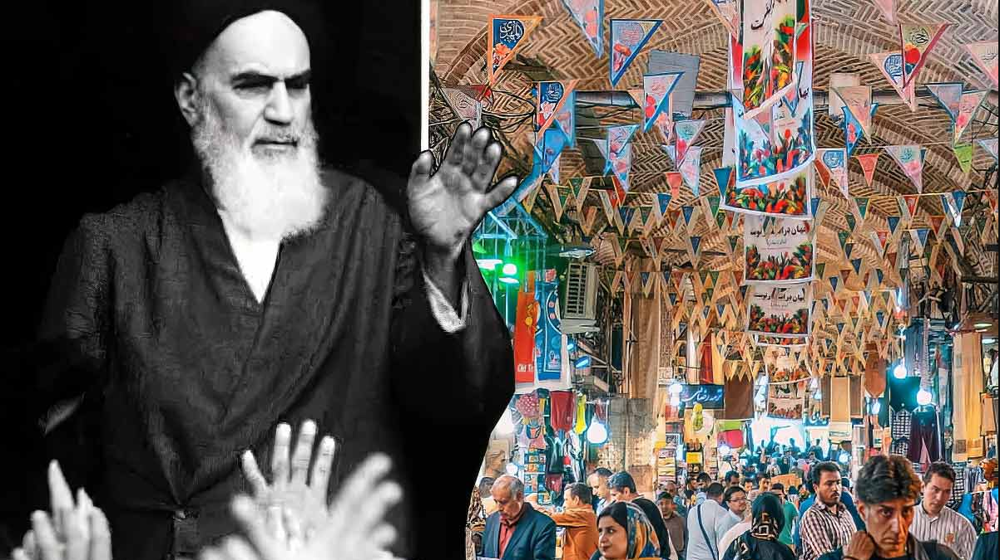
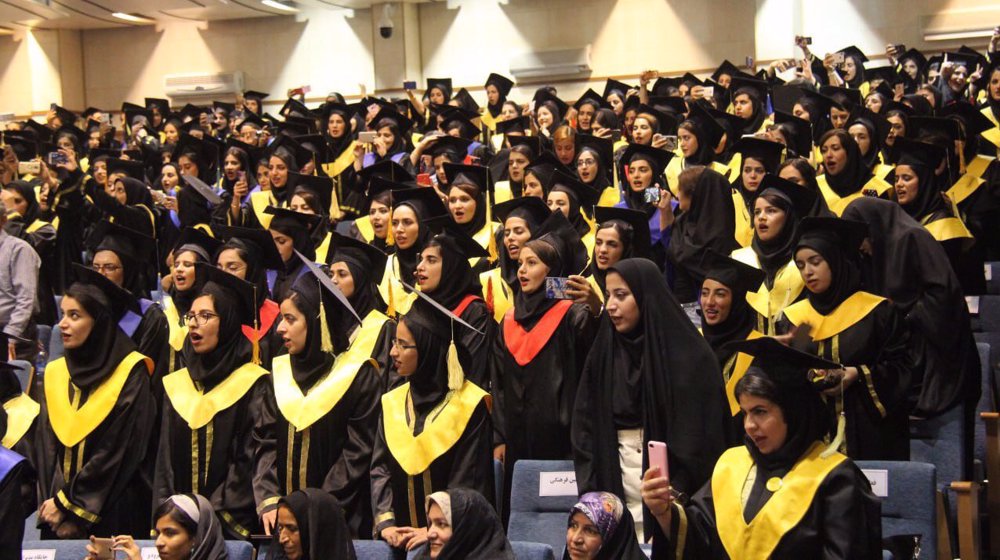
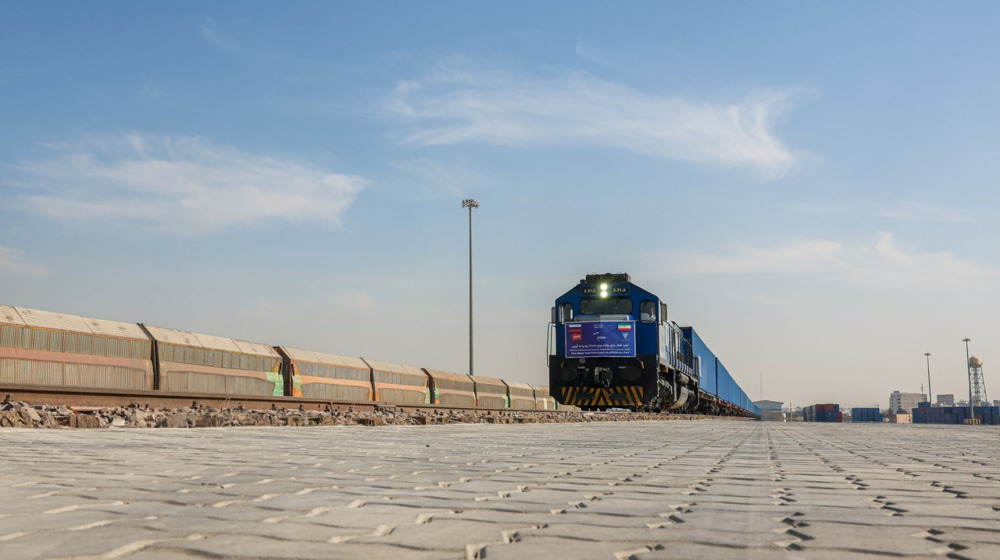
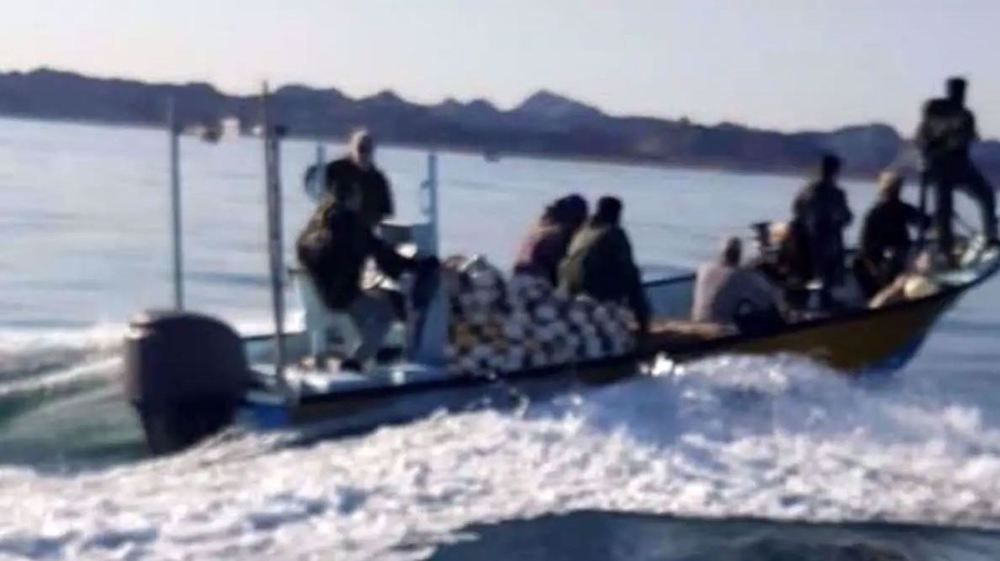



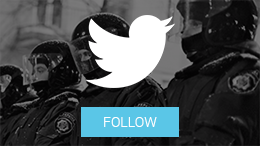

 This makes it easy to access the Press TV website
This makes it easy to access the Press TV website